This is a complete guide to UV laser marking machine in 2023.
So if you want to know:
Whether your own product is suitable for a UV laser marking machine
What is the difference between UV laser and fiber laser
Want to learn more about UV laser marking machines
Then you will like today’s guide showing the applicable marking materials and selection references.
Let’s get started.
Content:
- What is UV laser marking machine?
- What is the difference between UV laser and fiber laser?
- How many materials can engrave a UV laser machine?
- How to Choose Best UV Laser Marking Machines?
1. What is UV Laser Marking Machine?
The high absorption rate of laser ultraviolet (UV) markers, which is well known, enables them to mark a range of materials, particularly on plastics and organic materials, with little heat damage and outstanding contrast.
Principle:
The principle of the UV laser marking machine is similar to that of the laser marking machine in that it uses laser beams to permanently mark the surface of a range of different materials. In order to show the desired etched pattern or text, the effect of marking is to immediately break the molecular chain of the material using a short wavelength laser (as opposed to a long wavelength laser created by evaporating the surface material to reveal the deep material).
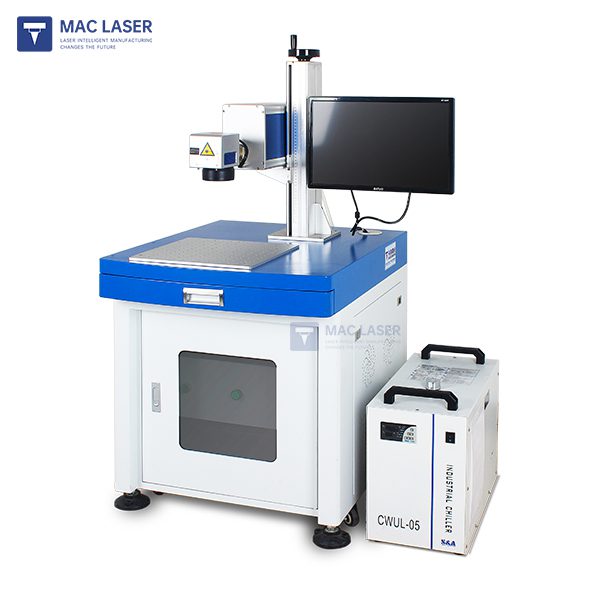



2.What is the difference between UV Laser and Fiber Laser?
The two machines may look the same
The machines’ interior technology is different, despite the fact that their basic exterior designs may be the same. While fiber lasers just need air cooling, UV lasers need cooling using a water chiller. Additionally, fiber lasers are powered differently from UV lasers.




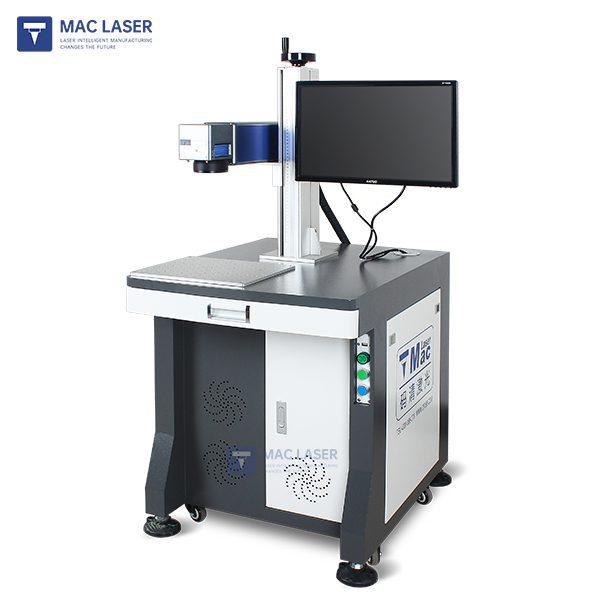


These machines are designed for different material engraving solutions
The main use of fiber laser engraving machines is engraving and providing solutions for the metal marking industry. The machines can mark, engrave (see the difference between engraving and marking) and engrave on all metal materials. In addition, the UV laser is designed as a practical solution for marking plastics and glass – the UV laser machine can engrave a large range of materials, from metal to paper. See the list of materials that can be engraved and marked by this machine.
Common applications of UV lasers
Marking: some metals
Marking and engraving: all plastics
Marking: all glass
Marking and engraving: some stone
Marking: paper
Markers and engraving: leather
Markers: fruit
Markers: wood
Markings: ceramics
Marking: Clothing
and other materials, consult us for more information.
Common applications of fiber lasers
Marking and engraving: all metals
Marking and engraving: some plastics
Marking: some stones
Marking: some leather
Marking: some paper
Marking: some garments
For more information about other materials, please ask us.
It can engrave more materials than the fiber laser, as we have seen with the laser UV. Different materials can be marked using UV lasers, although metals require less power to etch and cut. In the marking, engraving, and carving of metal objects, fiber laser machines have a definite edge over UV lasers.
What are the advantages of UV laser machines?
The main advantage of UV laser technology is the versatility and ability to engrave on different materials, including non-metallic materials. The technology can also be used with automated systems such as rotary engraving, linear guide engraving, conveyor belt engraving systems and camera capture systems.
What are the advantages of fiber laser engraving?
The capacity of a fiber laser engraver to quickly engrave, mark, and carve metal materials is, in essence, its fundamental advantage. Fiber lasers can also mark non-metallic surfaces, but the results will be inferior to those obtained with UV laser devices. However, fiber laser machines have the added benefit of being able to function excellently on metals as well as some non-metallic materials.
What are the disadvantages of fiber laser engraving machine?
When we wish to engrave non-metallic materials, this equipment has a disadvantage. We are unable to engrave or mark a variety of materials that UV can engrave, including wood, glass, all plastics, paper, and transparent things in general. This machine, for example, can engrave ABS and PLA, two fairly common plastics, in a variety of items. When we use a fiber laser machine, the engraving on this plastic material has a 5% to 10% melting rate, which means that when you touch it with your finger, you can feel the engraved surface merely by touching it. This will never happen with UV laser engraving.
3.How many materials can engrave a UV laser machine?
UV laser engraving equipment are capable of marking a wide range of materials, including:
Plastics:
Out of the numerous variations of plastics that can all be engraved using UV laser technology, these are the polymers that our laser engravers most frequently etch.
- Polyethylene (PE)
- Polyvinyl chloride (PVC)
- Polypropylene (PP)
- Polystyrene (PS)
- Polylactic Acid (PLA)
- Polycarbonate (PC)
- Acrylic (PMMA)
- Acetal (Polyacetal, POM)
- Nylon (PA)
- ABS (Acrylonitrile butadiene styrene)
Other plastics are not mentioned here.
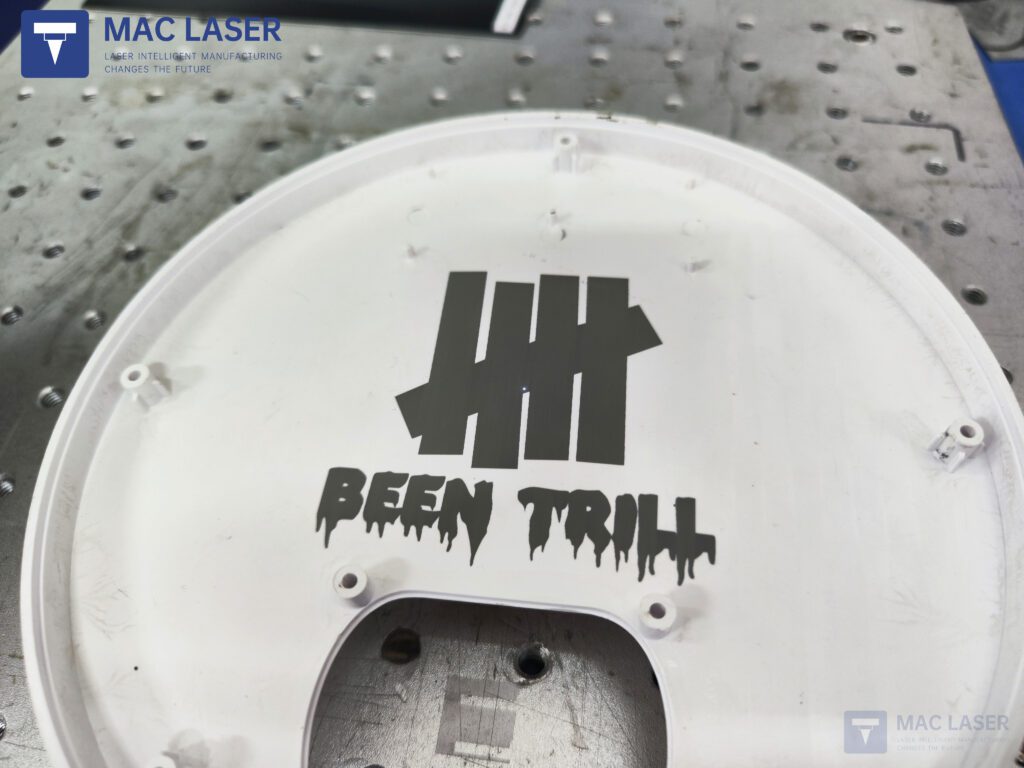


Metal:
The machines’ interior technology is different, despite the fact that their basic exterior designs may be the same. While fiber lasers just need air cooling, UV lasers need cooling using a water chiller. Additionally, fiber lasers are powered differently from UV lasers.
- Aluminum
- Gold
- Platinum
- Silver
- Titanium
- Brass
- Stainless Steel
- Chrome
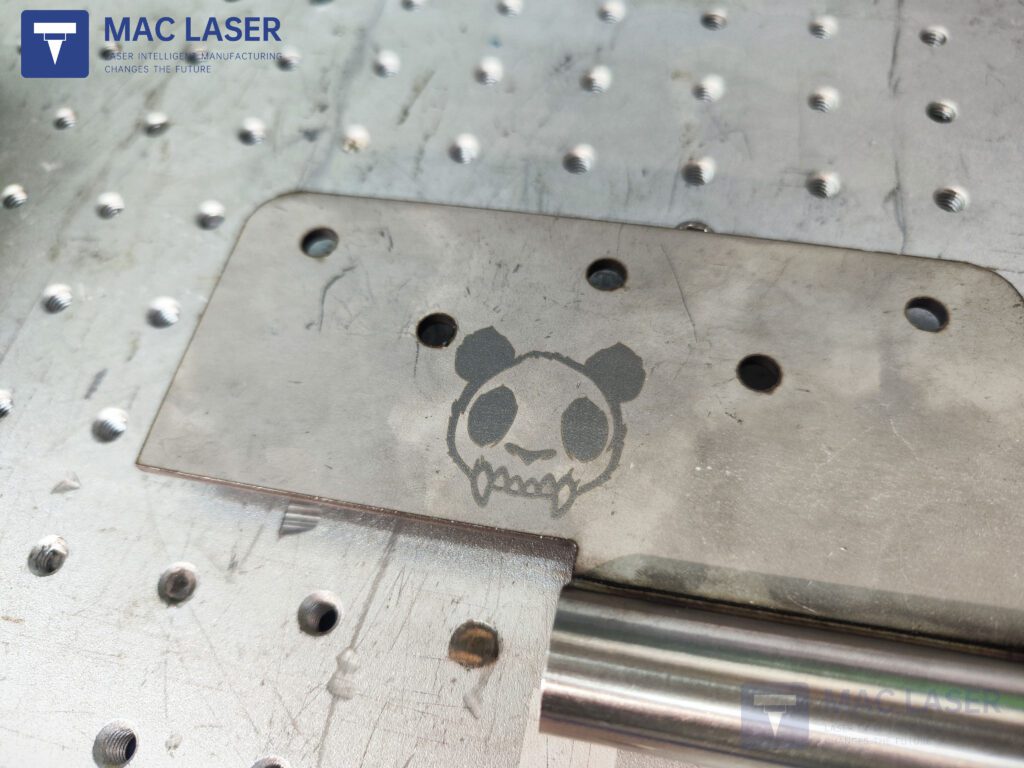


Wood:
The integral engraving of polymers and several common metals is perfect for the UV laser, a full crossover technology. However, one of the key benefits of this equipment at the time was its capacity to engrave various non-metallic surfaces, like wood. On various surfaces of wood, this machine can engrave wood beautifully. It can brand objects brightly and attractively, but it can’t etch as quickly or deeply as a CO2 oscillator laser.
- Mahogany
- Walnut
- Oak
- Ash
- Birch
- Maple
- cherry
- Pine
- Spruce
- Cedar
- To
- Larch
- MDF
- Plywood
- Fiberboard
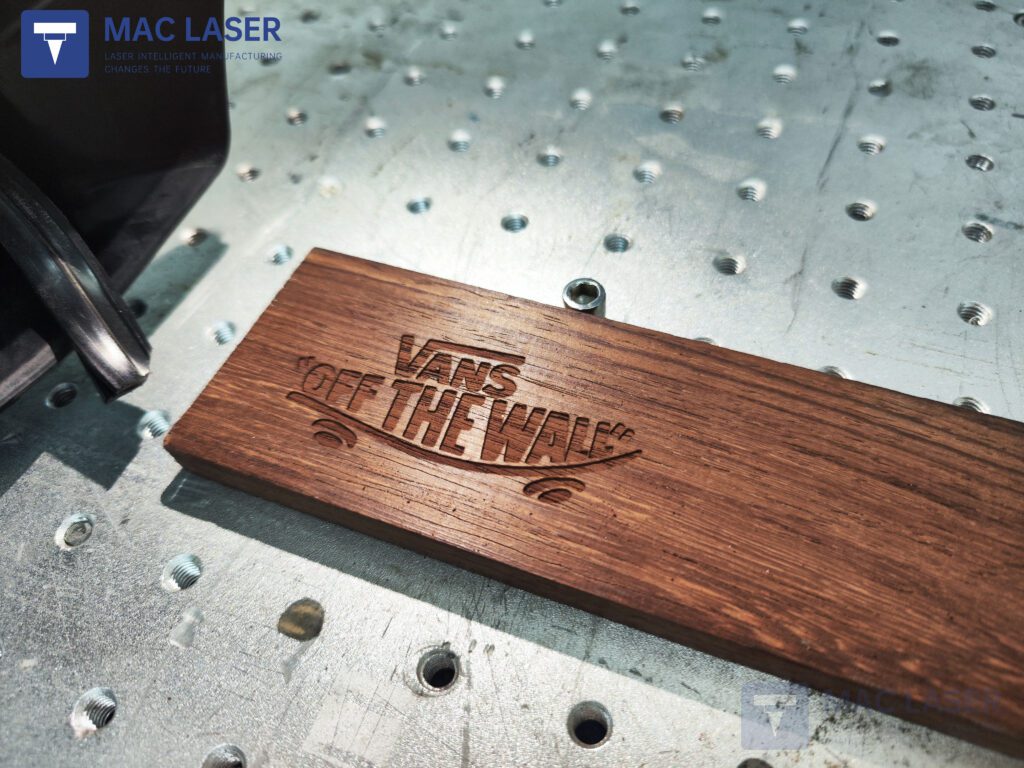


Glass:
One of the technologies that may engrave on glass surfaces without shattering or scorching the substance is UV laser. Without generating glass fragments, it is possible to produce magnificent engravings and patterns.
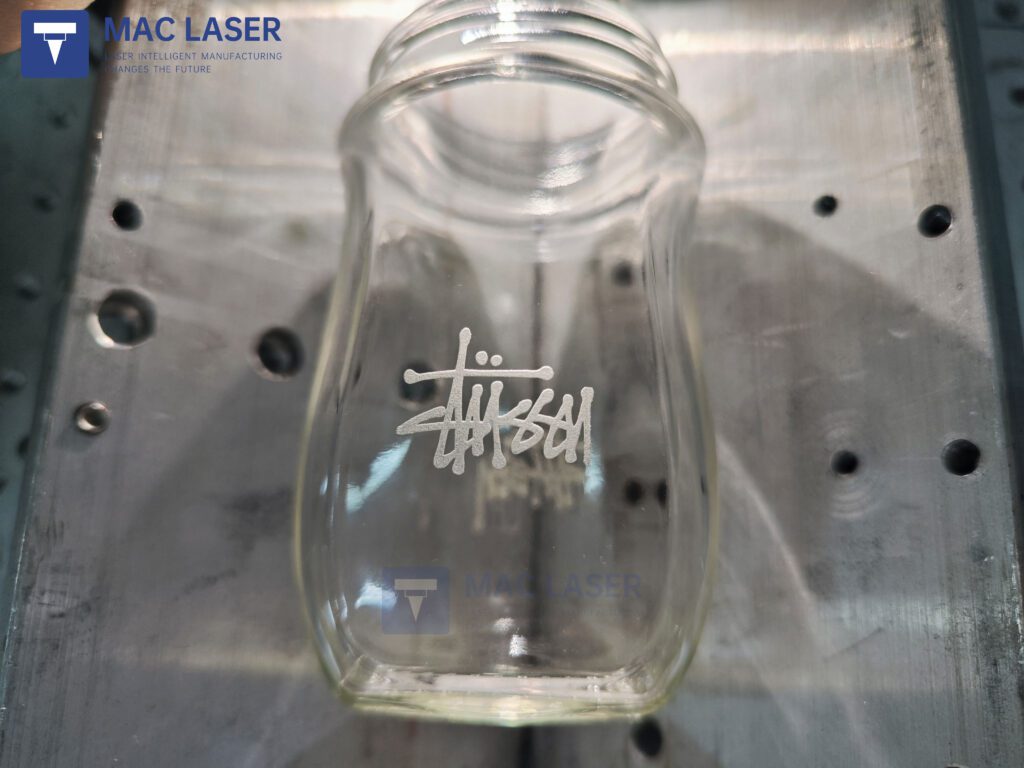


Paper and cardboard:
Paperboard can be engraved using CO2 machines, however the process is different because it relies on the type of material. We can engrave white on the surface of cardboard, and if we want to engrave on black cardboard, we can still get a clear contrast. If you have more questions about engraving on this material, please contact us. When the CO2 machine carbonizes the surface of the cardboard or paper material, the UV rays produce a chemical reaction that creates marks on the surface of the material.
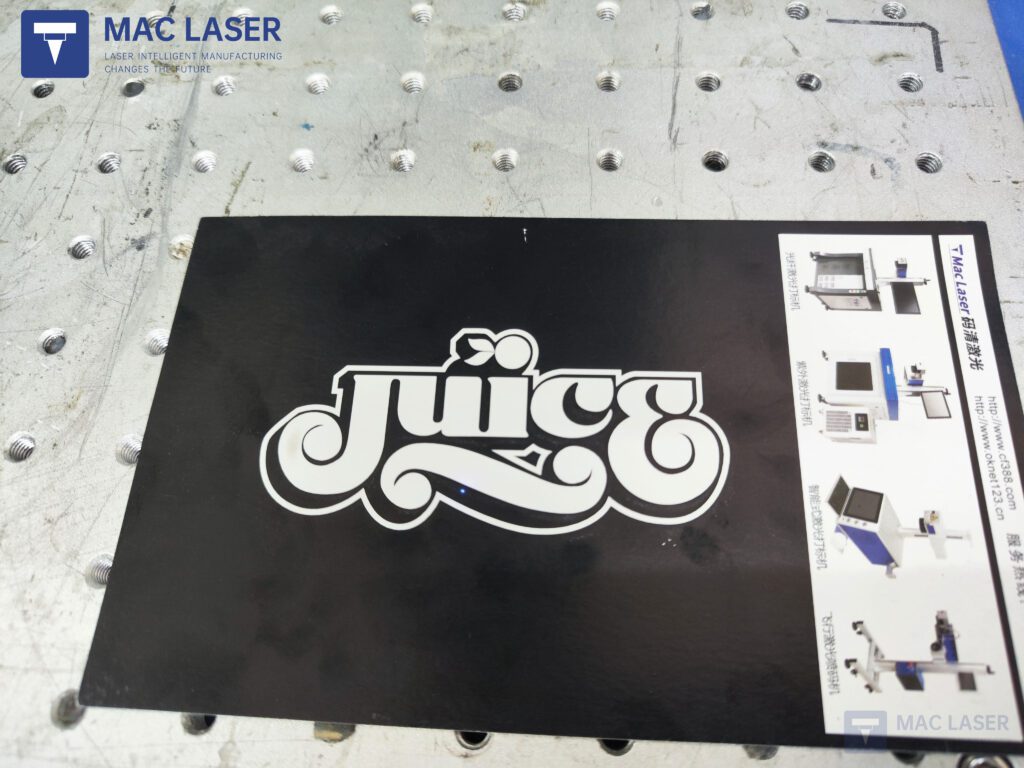


4.How to Choose Best UV Laser Marking Machines?
You must take into account a few fundamental aspects of the selection process when choosing the best UV laser machine.
Types of lasers available
We will start with the type of laser that best suits your requirements.
Solid-state lasers:
One technology is the solid-state Q-modulated Nd: YAG laser. In these lasers, a special crystal changes the IR 1064 nm wavelength to the UV 353 nm wavelength.
As a result, these features allow the beam to be focused to a spot size of approximately 10 µm. The high repetition rates and small focus points make these lasers ideal for micro-scale processing.
Excimer laser:
Another kind of gas laser that is utilized for UV laser engraving is the excimer laser. The type of gas mixture determines the wavelength of this laser. It has a rectangular shape instead of a circular one and distributes intensity in a manner that is comparatively uniform throughout the space.
The beam’s intensity, however, rapidly decreases at its boundaries. However, the distance between the focusing lenses and the workpiece can be as big as 50 to 100 mm, while process details can be as small as a few microns.
Applications:
In industries where the highest degree of precision is required, excimer lasers are typically used. They work in industries like fabrication and semiconductor production, for example. In these devices, a process known as photolithography is used to build millions of tiny transistors on the surface of a silicon substrate.
Additionally, the medical establishment has done it in the past. This kind of laser is absorbed by organic chemicals. They are only capable of micromanufacturing natural substances, making them ideal for delicate treatments like eye surgery.
Metal vapor lasers:
Metal vapor lasers are the third category of UV laser. While vapors from a number of other metals are equally appropriate, copper vapor lasers are the most commonly utilized. These lasers emit light with 511 nm and 578 nm wavelengths. In addition, UV light with wavelengths of 255 nm, 271 nm, and 289 nm is created by mixing and doubling.
Applications:
Considering that the most common applications use copper vapor, metal vapor laser engravers are often referred to as copper vapor laser (CVL) engravers.
CVLs can process metals, diamond, silica, glass, silicon, ceramics and many other materials that are difficult to process with conventional techniques.
They excel at high aspect ratio drilling and grooving
Additionally, due to the exceptionally high peak power density, material is removed by vaporization or ablation, which reduces scum, spatter, and recast material and produces clean and precise machined features without the need for finishing procedures.
In addition, the small amount of energy contained in the short pulse minimizes thermal effects.
Factors that influence your choice of UV laser machine
In addition to the type of laser machine, there are other important factors that can help you choose the best UV laser machine.
The kind of material you want to mark: The kind of material you want to mark greatly influences the laser machine you choose. As was already noted, various UV laser machines have different surfaces that they perform best on.
Budget: If you have a small budget, then you can choose a simple and basic UV laser machine that will help you with the basic task of marking your products.
Size of your business: Choosing a UV laser machine is heavily influenced by the size of your business. A more sophisticated equipment can be required if your business is big and you need to label lots of items quickly.
The best UV laser marking machine products recommended
The MQ Series UV Laser Marking Machine of Mac Laser is developed by using a 355nm UV laser. The material has a high absorption rate of UV light and has a wider range of material adaptability. Ultraviolet light focusing spot is very small, processing heat-affected zone is very small and it is more suitable for ultra-fine marking of various materials.
The MQ-T sub-series adopts JPT Laser’s pulsed ultraviolet laser source.
The UV-R Serial Flying UV Laser Marking Machine is a high-speed continuous marking model designed to improve productivity. It uses RFH industrial-grade solid-state UV laser source which is with good beam quality and high reliability; The marking speed of the production line is up to 200 m/min ( Single-line 2MM-high numbers and letters), It provides high-speed and high-yield application identification requirements,it’s mainly used in production date, anti-counterfeiting, medical and food packaging industries. This model supports functions such as automatic encoding, serial number, batch number, date, barcode, two-dimensional code, automatic number skipping, etc., to meet the needs of customers in different industries.
Even after reading this information, you still unsure of how to UV laser mark things. Please get in touch with us, we are pleased to help.



